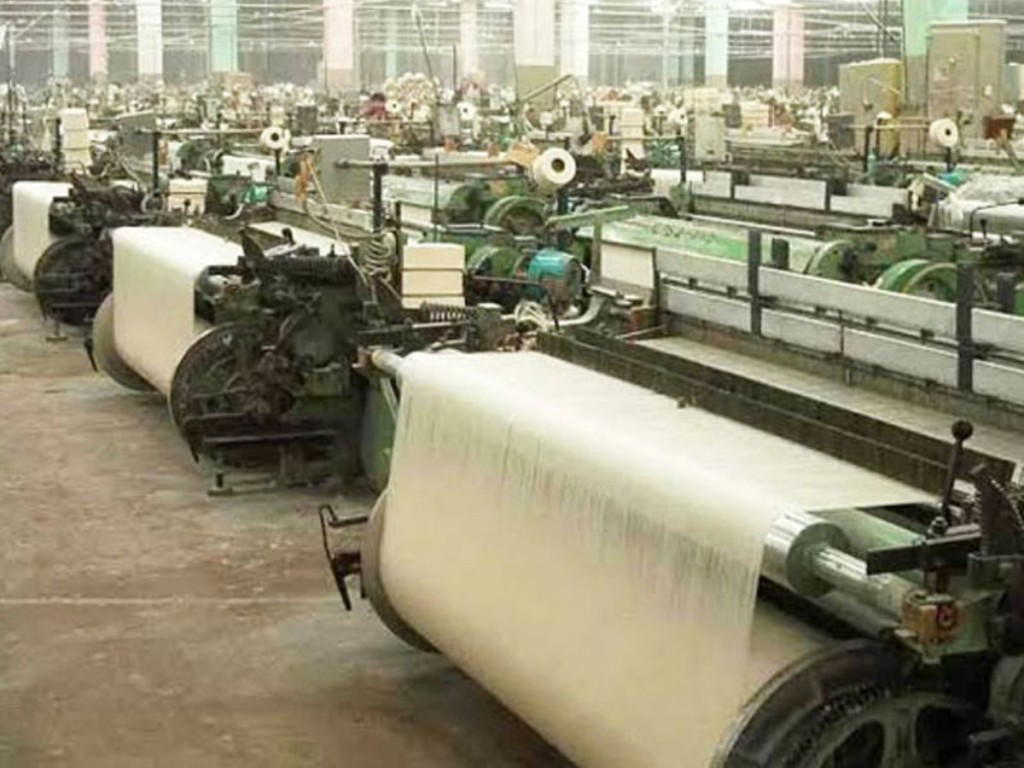By Kayode Akinmade
LOVERS of good things would have been extremely delighted hearing the latest news emanating from Nigeria’s Gateway State, indicating that a $2bn garment factory is set to birth in the state. The news, thrilling and predictive of a bright future for the state and Nigeria as a whole, is that the Dapo Abiodun-led government, in a groundbreaking partnership with Arise Integrated Industrial Platform (IIP), an Indian-headquartered multinational, is set to establish the world’s largest garment manufacturing facility in the state. The gist: with a financial outlay of between $2 billion and $2.25 billion, this transformational initiative is poised to alter the landscape of Nigeria’s textile sector, resuscitate cotton farming, and place Ogun at the center of Africa’s industrial map. Visit the Special Agro Processing Zone at the Ogun Airport City in September this year, and see the factory taking shape.
And what will this $2 billion garment factory do? It will produce an estimated 4.4 million garments daily and employ between 120,000 and150,000 people directly and indirectly. It is immediately evident that the project, with Ogun State dedicating 10 hectares of land for cotton growing, will boost cotton farming and textile production in Nigeria. It has the beautiful prospect of turning the Gateway State into a garment hub in Africa. The investment will resuscitate Nigeria’s textile industry, which has declined in recent years.
And talking about the big decline in Nigeria’s textile industry, don’t we all remember that with deep pain? Don’t we all remember with nostalgia, the good old days when almost everyone in Nigeria bought and used Nigerian fabrics with pride, and without apology? Those were the days, you no doubt recall, when the uniforms used in hospitals, hotels and other places were produced in Nigeria. For those resident in the South-West, surely the memories of the textile factories in Ikorodu, Ikeja, Ado Ekiti, and other places has not completely faded from memory. In those days, you saw and lived Nigeria wherever you turned, and textile factories were everywhere. Take Kano, for instance. It was known for its big textile industry and some of today’s big political names, including Adams Oshiomhole, made their names there protecting the interest of the organised labour. The industry arguably accounted for more than 10 percent of the total employment coverage in Nigeria in those days. And then came the military incursion that ravaged many things..
Today, if you go to some places that used to be industrial estates, you will discover that they have now been overtaken by churches and supermarkets. As a result of the terrible downturn in Nigeria’s textile industry, foreign-made clothes, even of local fabrics like ankara and adire, constantly flood the Nigerian market. Foreigners and foreign goods dominate our markets and the money we ought to make as IGR is not generated. Because of bad leadership, we lost thousands of jobs. Those who ought to be employed in the textile value chain roam the streets in search of nonexistent jobs.
This is why the latest development in Ogun State should excite all Nigerians. As you are no doubt aware, there are several layers in the textile value chain, from raw material production of cotton, synthetic fibers or other materials, to ginning and processing into fibers, and the spinning of fibers into yarn. Then there is weaving or knitting, dyeing and finishing, cutting and sewing of fabric into garments or textiles, and the distribution of finished products to retailers, who then sell to the final consumers. You are looking at an extensive chain involving farmers (planters and harvesters),ginners and processors, spinners, weavers and knitters, dyers and finishers, manufacturers, wholesalers and distributors, and retailers; suppliers who provide machinery, chemicals, and other inputs, designers who make patterns for textiles and garments, traders in textiles and garments, and even the government regulators.
For a very long time, Nigeria has been relying on foreign textile industries. Nigerians go to China, India and other countries to bring clothing into Nigeria. It is as if they no longer remember that the Nigerian textile industry used to supply all the clothing needed in hotels, including beddings, curtains, etc. In this regard, it is a good thing that Ogun is creatively looking backwards in the direction of production. For one thing, job creation is in the offing: workers in the projected firm will be in their hundreds, and with time that axis can even become a community on its own. A factory with a production capacity of 100 tons/hour, 1,000 tons per day, 40,000 tons per month, and 350,000 tons per year is no joke. The potential benefits to Ogun State and Nigeria are clearly immense. For some time now, Ogun has taken a lead role in bringing investors to Nigeria, creating an enabling environment, giving opportunities to residents and creating prosperity for all.
The post As the world’s largest garment factory berths in Ogun… appeared first on Vanguard News.

